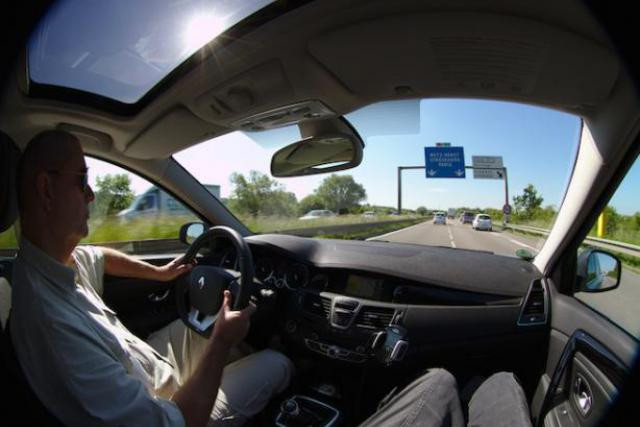According to 2015 figures published by EU statistics body Eurostat, Luxembourg topped the ranking with 661 passenger cars per 1,000 inhabitants, followed by Malta (634), Italy (610) and Finland (590).
The report warns, however, that Luxembourg’s proportion may be distorted by cross-border workers with company cars registered in the grand duchy. This could also explain why Luxembourg has the highest proportion of young cars with a third of all vehicles on the road no older than two years.
In total, there were 381,103 cars on the roads in 2015.
Luxembourg was among eight member states to have more diesel fueled cars than petrol on its roads in 2015.
Regardless of whether all cars recorded belonged to residents, most will have contributed to Luxembourg’s growing congestion problem.
The Inrix 2016 Traffic Scorecard found that in 2016 motorists in Luxembourg spent on average 33.1 peak hours in traffic jams and 9% of their total driving time in congestion. Tackling congestion and pollution caused by traffic was a key priority of the Luxembourg government in its third industrial revolution strategy. This document, drawn up in consultation with economist Jeremy Rifkin, outlines plans to introduce wide-spread car-sharing, e-mobility and self-driving cars offered as a service.
Later in 2017, the first phase of the new tramway is expected to open in the capital, running from Kirchberg to the Glacis.
